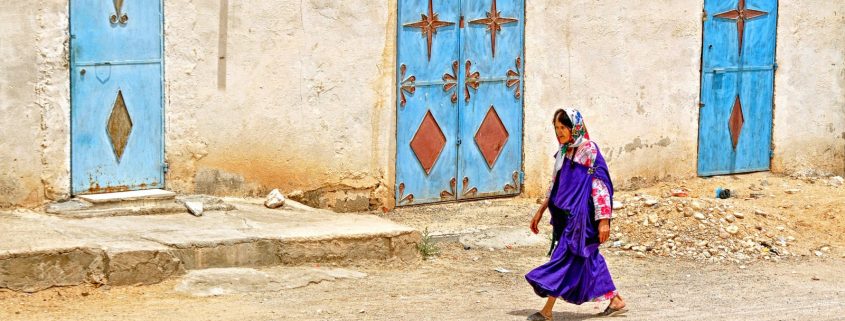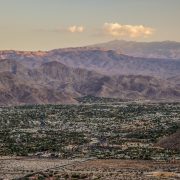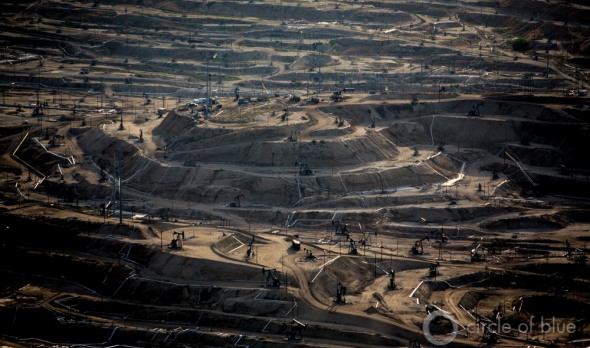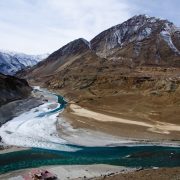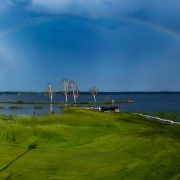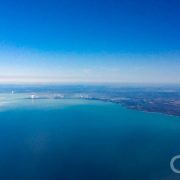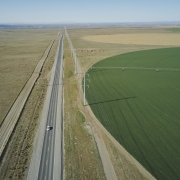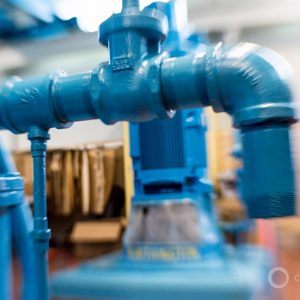Tunisia’s Thirst Uprising: A Nation on the Edge
Despite major gains since the Arab Spring, Tunisia’s future remains uncertain.
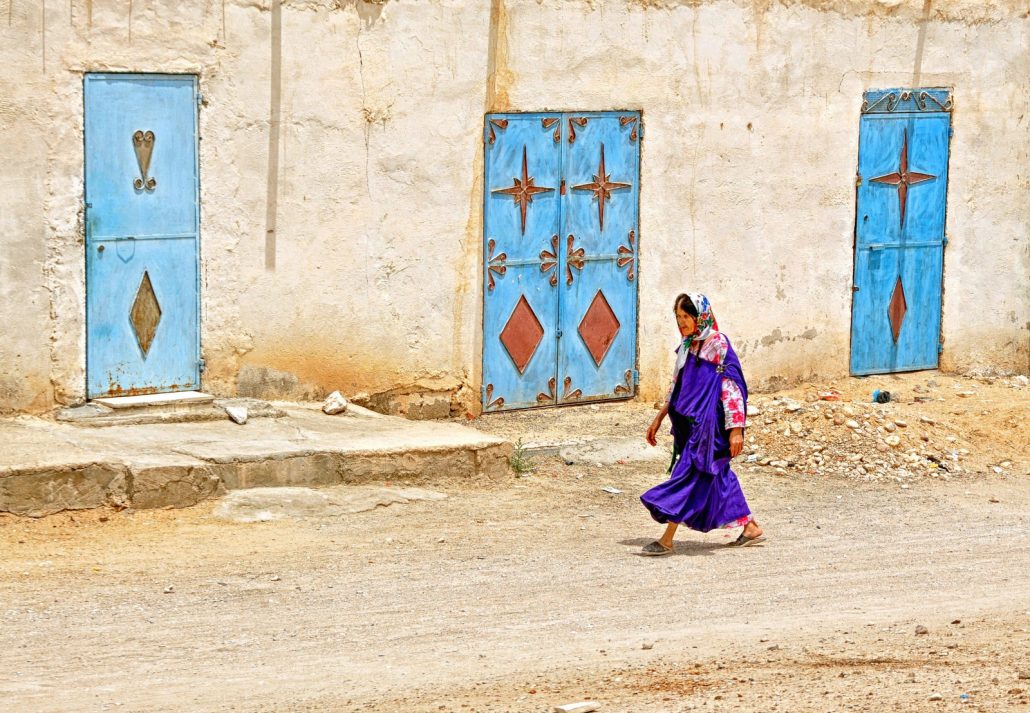
Located in the central arid region of Tunisia, Metlaoui sees periodic bursts of rainfall that cause flash floods. In 2009, floods damaged the city’s main railroad, a vital line for the region’s mining operations. Photo by Dennis Jarvis/Flickr.
By Cody Pope, Circle of Blue
In Tunisia, the country where the Arab Spring was born, Tunisians are still self-immolating in protest after nearly five years of democratic reforms. In September two men—a farm worker in Regueb, and a café owner from Fernana—set themselves ablaze to protest their desperate economic situations.
While the farm worker survived thanks to a quick intervention by onlookers, the café owner, Wissem Nasri, died from his injuries on September 12 after several days in intensive care. Nasri had a long-running dispute with the local government over serving hookahs without a proper license. When the government refused to renegotiate the fines that would essentially put him out of business, he saw no other way to move forward with his cafe and self-immolated outside a municipal building on September 7.
After his death the residents of Fernana, a small town about 170 kilometers (105 miles) west of Tunis, took to the streets in protest, setting tires ablaze and disrupting traffic. But it was not until the angry mob closed in on the Jantoura pumping station, which supplies the capital and many other regions with fresh water, that government officials took notice of the protest, sending in reinforcements to keep the water flowing in Tunis.
“It was in the territories the most disadvantaged in terms of water, that the Tunisia revolution began.” – Mohamed Larbi Bouguerra, CNRS
It was not the first time that water has played a role in civil unrest in Tunisia. Sidi Bouzid, the epicenter of Tunisia’s Arab Spring, lies in the middle of a water stressed region. “It was in the territories, the most disadvantaged in terms of water, that the Tunisia revolution began,” Professor Mohamed Larbi Bouguerra, an associate director at the French National Center for Scientific Research (CNRS), wrote in early 2015.
Cycles of Surplus and Drought
Tunisia, at the very top of Africa, is one of the driest Mediterranean countries. This year’s dry and hot summer all but exhausted the nation’s water reserves. According to reports, the nation’s rainfall is 28 percent below average for the year. Farmers lost nearly $US 2 million in agricultural goods.
Summer-long protests throughout the country were called a “thirst uprising” by the international press, as local residents fought for access to dwindling water supplies. Ironically, access to freshwater is a new right guaranteed in the revised post-Arab Spring constitution. Despite this, many poor and rural Tunisians face significant water shortages.
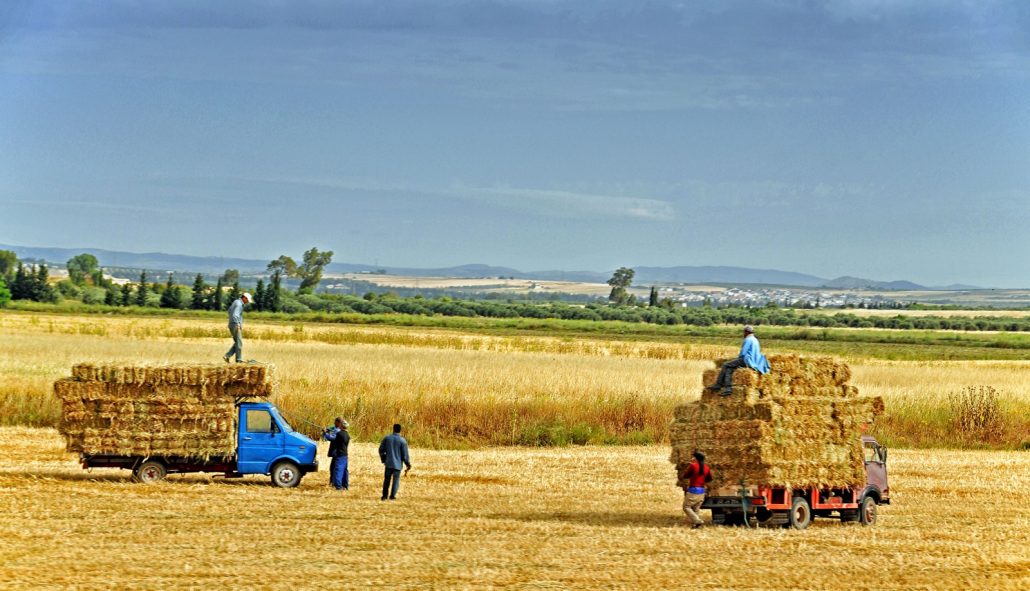
Although Tunisia is one of the most arid countries along the Mediterranean, agriculture remains an important part of the Tunisia economy, accounting for nearly 12 percent of GDP. Photo by Dennis Jarvis/Flickr.
Tunisians have endured annual cycles of water surplus and drought since at least the Byzantine Empire. The nation of 11.4 million residents has a long history of water storage and water management know-how. But modern cycles of drought have gotten longer, with climate change threatening to bring even more dry weather to the northern Maghreb, north Africa’s desert region.
In Tunisia’s northwest, surface water reigns supreme with small rivers and a series of reservoirs and dams supplying most of the country with fresh water. But reservoirs run dry near the end of August and September each year as the summer comes to an end and the nation’s north must patiently wait for October rains to return.
Tunisia’s south relies on uncertain groundwater reserves from deep wells in the midst of a near total desert. Fresh water in the south is scarce, as many of the shallower aquifers are too brackish to drink or for farming. And among the deeper wells that provide fresh potable water, there is concern that they will someday run dry, with 43 percent known to be non-renewable.
The government, both in its pre-revolution form and in its current configuration, has responded to the uneven distribution of water wealth by favoring the coastal regions and urban centers, like Tunis. Government aides cut water to rural and poorer interior regions first. In 2016, for example, water was reportedly cut from rural areas during the summer while taps were kept on in the richer tourist north.
According to the World Resources Institute, Tunisia will be among the most water-stressed countries in the world by 2040. In the water-stressed present, and the very water-stressed future, planning will be paramount to prevent a humanitarian crisis in Tunisia and, perhaps, water-related civic unrest.
Professor Bouguerra is not optimistic, telling Al-Monitor, a Middle East news organization, “Nothing has been done to address the problem. It has not been anticipated.” While the current government has been more open about the water shortages, a suitable solution has yet to be found. Pray for rain has been the government’s main response.
For now the long summer is ending and the rains have started in northern Tunisia. It will take some time before the reservoirs return to capacity, after months of drought and over consumption. While the threat of water-related protests wanes in the winter, the next cycle of drought and water shortage is just around the corner.
Circle of Blue’s east coast correspondent based in New York. He specializes on water conflict and the water-food-energy nexus. He previously worked as a political risk analyst covering equatorial Africa’s energy sector, and sustainable development in sub-Saharan Africa. Contact: Cody.Pope@circleofblue.org

